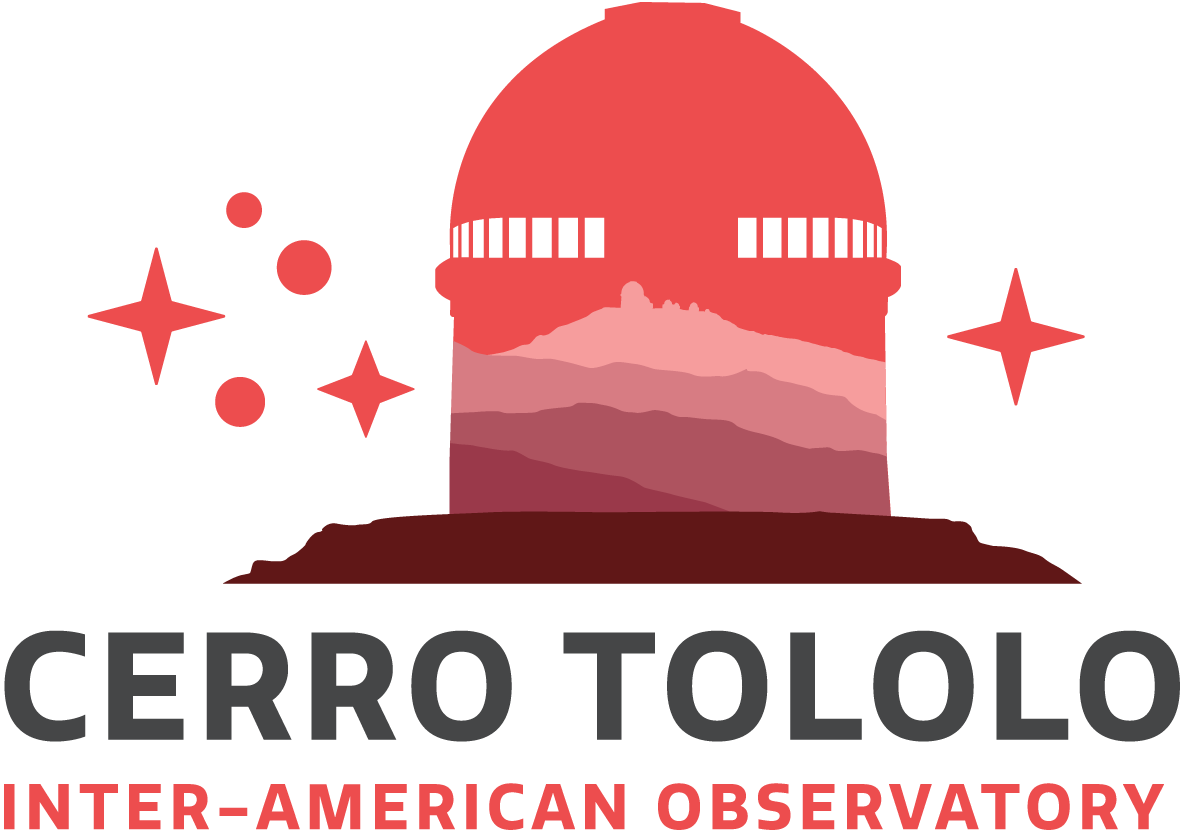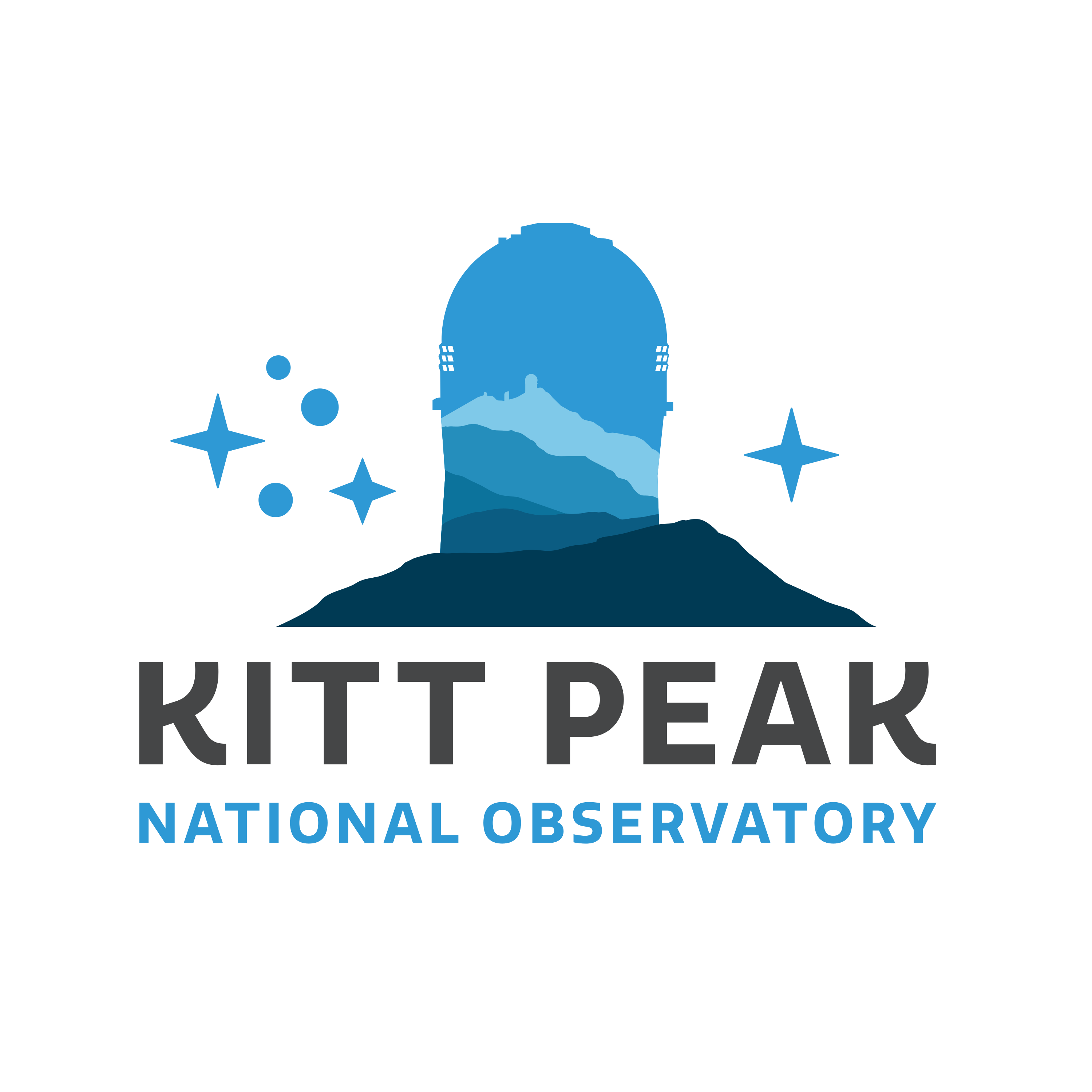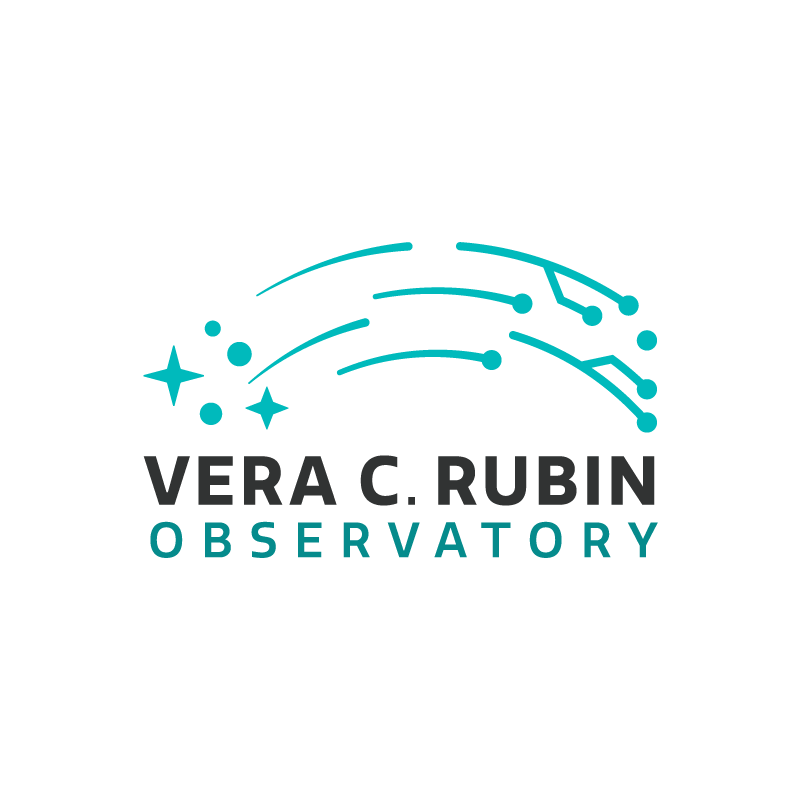The IAU CPS launches SatCons 101
New eight-part educational video course will allow participants to learn about the impact satellite constellations have on astronomy
5 September 2023
SatCons 101, a new educational curriculum for learning about the design of large satellite constellations and their impact on astronomy, has been launched by the International Astronomical Union’s (IAU) Centre for the Protection of the Dark and Quiet Sky from Satellite Constellation Interference (CPS), co-hosted by the NSF NOIRLab and the SKA Observatory (SKAO) on behalf of the International Astronomical Union (IAU).
While satellite constellations unquestionably bring social benefits, such as broadband communication and Global Position Systems (GPS), they can also have negative impacts on astronomy and the environment. To educate interested parties about these issues, SatCons 101 presents eight video modules designed to teach the fundamentals of satellite constellations. Topics covered are their design, their purpose, their impact on optical/infrared and radio astronomy, and international regulations on their use of space.
The curriculum is designed to be unbiased, presenting participants with data and facts that will help bring awareness to the developments of satellite constellations, including their primary impacts as well as the ways in which those impacts can be mitigated.
Module one describes the basics of satellites, tracing their history from the 1957 launch of Sputnik 1 to the modern day. This module breaks down what keeps satellites in orbit, what causes them to de-orbit, the various uses for satellites and the risks associated with space debris.
Module two focuses on the design and operation of satellite constellations, including what they are used for and how they work.
The third module addresses the impact of satellite constellations on the environments of Earth and space, from the pollution produced by multiple rocket launches to the hazardous debris left behind from satellites breaking up as they re-enter the atmosphere.
Module four tackles the impacts that satellite constellations have on ground-based optical and infrared astronomy, principally the streaks and trails they leave on images.
Module five continues with the same topic but pertaining to radio astronomy. The impacts discussed include radio interference from satellite constellations and the diffuse radio background created by tens of thousands of satellites communicating with each other and the ground, which can affect a variety of scientific observations, such as the measurements of the cosmic microwave background radiation from the Big Bang.
The sixth module discusses the impacts of satellite constellations on biology, culture and heritage in terms of how they affect the appearance and brightness of the night sky.
Module seven deals with the policy and legal aspects of satellite constellations, including the legal framework of the Outer Space Treaty and guidelines for long-term sustainable use and disposal of satellites.
The final module describes ways in which the impacts of satellite constellations can be mitigated, ranging from image-processing software erasing the streaks from astronomical images to making changes to the constellations themselves, e.g. making satellites smaller or less reflective and including beam switching techniques to protect radio observatories.
Viewing of the eight modules signifies completion of the curriculum and will provide everyone who completes all the modules with a solid base of knowledge with which to understand and tackle the complications resulting from satellite constellations.
More information
The IAU is the international astronomical organization that brings together more than 12,000 active professional astronomers from more than 100 countries worldwide. Its mission is to promote and safeguard astronomy in all its aspects, including research, communication, education and development, through international cooperation. The IAU also serves as the internationally recognised authority for assigning designations to celestial bodies and the surface features on them. Founded in 1919, the IAU is the world's largest professional body for astronomers.
The International Astronomical Union’s Centre for the Protection of the Dark and Quiet Sky from Satellite Constellation Interference (IAU CPS) is a global organization co-hosted by the US-based NSF NOIRLab and the SKA Observatory (SKAO), under the auspices of the IAU. The CPS facilitates global coordination of efforts by the astronomical community in concert with observatories, space agencies, industry, regulators and other sectors to help mitigate the negative consequences of satellite constellations on astronomy.
NSF NOIRLab (National Optical-Infrared Astronomy Research Laboratory), the US center for ground-based optical-infrared astronomy, operates the International Gemini Observatory (a facility of NSF, NRC–Canada, ANID–Chile, MCTIC–Brazil, MINCyT–Argentina, and KASI–Republic of Korea), Kitt Peak National Observatory (KPNO), Cerro Tololo Inter-American Observatory (CTIO), the Community Science and Data Center (CSDC), and Vera C. Rubin Observatory (operated in cooperation with the Department of Energy’s SLAC National Accelerator Laboratory). It is managed by the Association of Universities for Research in Astronomy (AURA) under a cooperative agreement with NSF and is headquartered in Tucson, Arizona. The astronomical community is honored to have the opportunity to conduct astronomical research on Iolkam Du’ag (Kitt Peak) in Arizona, on Maunakea in Hawai‘i, and on Cerro Tololo and Cerro Pachón in Chile. We recognize and acknowledge the very significant cultural role and reverence that these sites have to the Tohono O’odham Nation, to the Native Hawaiian community, and to the local communities in Chile, respectively.
The SKAO, formally known as the SKA Observatory, is an inter-governmental organisation composed of Member States from five continents. Its mission is to build and operate cutting-edge radio telescopes to transform our understanding of the Universe, and deliver benefits to society through global collaboration and innovation. Headquartered in the UK, its two telescope arrays will be constructed in Australia and South Africa and be the two most advanced radio telescope networks on Earth. Through the development of innovative technologies and its contribution to addressing societal challenges, the SKAO will play its part to address the United Nations’ Sustainable Development Goals and deliver significant benefits across its membership and beyond. The SKAO recognises and acknowledges the Indigenous peoples and cultures that have traditionally lived on the lands on which the SKAO facilities are located.
Links
Contacts
John Barentine
IAU CPS Community Engagement Hub Co-Lead
Principal, Dark Sky Consulting, LLC
Phone: +1 512 983 1075
Email: john@darkskyconsulting.com
Jessica Heim
IAU CPS Community Engagement Hub Co-Lead
Email: Jessica.Heim@usq.edu.au
Lars Lindberg Christensen
IAU Director of Communications/NOIRLab Head of Communications, Education & Engagement
Cell: +1 520 461 0433/+49 173 38 72 621
Email: lars.christensen@noirlab.edu
William Garnier
SKAO Director of Communications, Outreach and Education
Phone: +44 7814 908 932
Email: william.garnier@skao.int
Mathieu Isidro
IAU CPS Communications and Outreach Lead
Phone: +44 7824 016 126
Email: mathieu.isidro@skao.int














